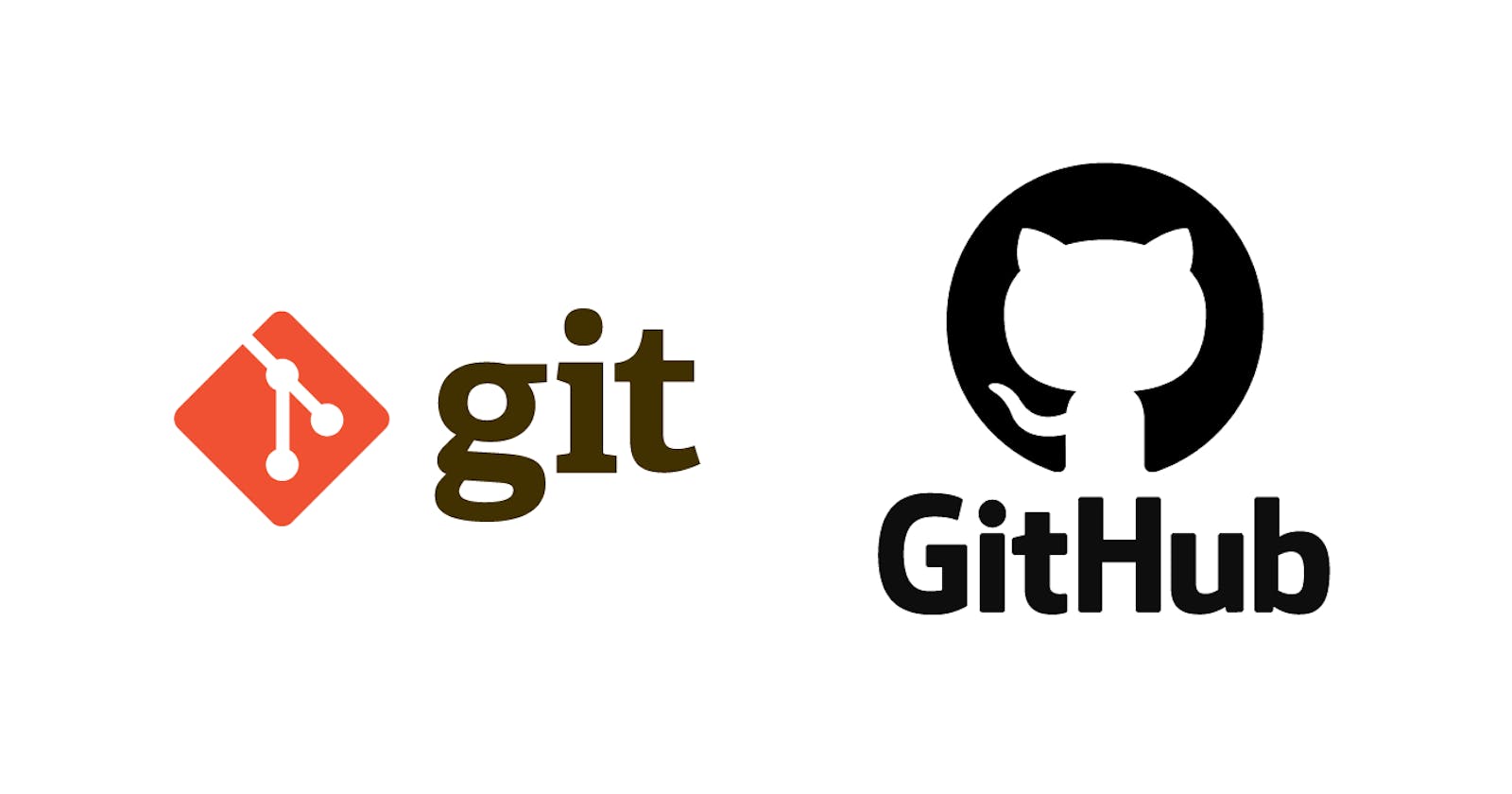In our journey to mastering Git and GitHub for DevOps engineers, we delve deeper into some advanced functionalities that are crucial for efficient collaboration and code management. In this installment, we'll explore Git stash, cherry-pick, and conflict resolution techniques, followed by practical tasks to reinforce our understanding.
Git Stash: A Lifesaver for Context Switching
Imagine you're knee-deep in code changes on a feature branch when suddenly a critical bug fix request comes in, forcing you to switch gears. Git stash comes to the rescue! It allows you to temporarily shelve your changes without committing them, enabling a seamless transition to another task or branch.
To stash changes, simply use git stash, and voila, your workspace is clean and ready for the next task. Later, you can retrieve these changes using git stash pop to seamlessly apply them back on top of your current branch. Don't forget git stash list to keep track of your stashed changes and git stash drop to clean up when you're done.
Cherry-Pick: Selective Commit Transfer
Git cherry-pick empowers you to pluck specific commits from one branch and apply them elsewhere. This is incredibly handy for cherry-picking critical bug fixes or feature enhancements from one branch to another without merging entire branches.
With git cherry-pick <commit_hash>, you can cherry-pick desired commits, bringing in just the changes you need. This selective approach ensures cleaner commit histories and facilitates efficient code management across branches.
Resolving Conflicts: Taming the Merge Beast
Conflicts are inevitable in collaborative development, especially when merging or rebasing divergent branches. Git equips us with powerful conflict-resolution tools to tackle these challenges head-on.
Start with git status identifying conflicted files, followed by git diff understanding the differences. Then, manually resolve conflicts and use git add them to stage the resolved files. This iterative process ensures smooth merges and maintains code integrity.
Practical Tasks: Applying Concepts in Real Scenarios
Let's put our newfound knowledge into practice with three tasks:
Task 01: Stashing Changes
Create a new branch and make changes:
git checkout -b new-feature
For example: echo "New feature in progress" > new_feature.txt
Stash changes without committing them:
git stash
Switch to a different branch, make changes, and commit them:
git checkout master
For Example: echo "Fixing a bug" > bug_fix.txt
git add .
git commit -m "Fixed a bug"
Bring back the stashed changes and apply them on top of the new commits:
git checkout new-feature
git stash pop
Task 02: Version Control with Rebase
Add features and commits in the development branch:
git checkout development
git add version01.txt
git commit -m "Added feature2.1 in development branch"Reflect commits in the production branch using rebase:
git checkout production
git rebase development
Task 03: Cherry-Picking and Enhancing Features
Cherry-pick a specific commit from one branch to another:
git checkout production
git cherry-pick <commit_hash_of_added_feature2.2>
Modify and enhance the cherry-picked commit:
git add version01.txt
git commit -m "Optimized the feature"
In conclusion, mastering Git's advanced functionalities is essential for seamless collaboration and efficient code management. With Git stash, cherry-pick, and conflict resolution techniques in your arsenal, you're well-equipped to tackle any development challenges that come your way.
Happy coding!
